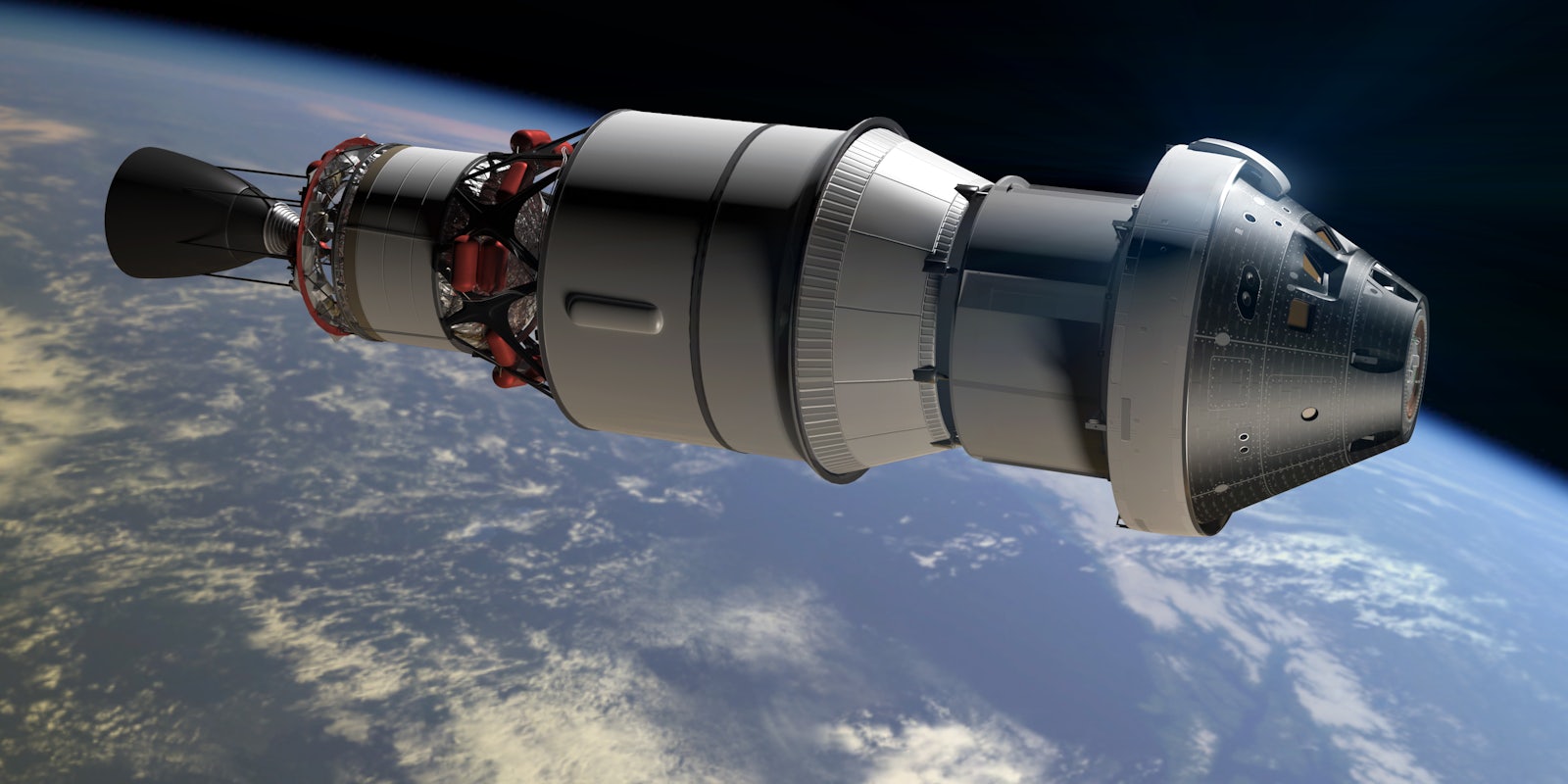After some technical difficulties on Thursday, NASA’s successfully launched a test flight of its Orion mission on Friday morning.
The Orion capsule, which is unmanned but has the capacity to support astronauts in future missions, is currently orbiting the Earth. Its 4.5 hour flight will take it out past the low Earth orbit of the International Space Station, testing the capabilities of a craft that could be the next step in humankind’s journey to Mars.
If you missed the launch (which is understandable, since it took place at 7:05am EST), you can watch it here, courtesy of NASA’s YouTube channel.
NASA has been posting updates from the mission all morning, including photos taken from Orion itself. If you tune in to NASA TV online, you may catch some glimpses of footage being sent down from the spacecraft during orbit.
Here’s Earth as seen from #Orion during its flight out to a peak altitude of 3,600 miles away from the planet. pic.twitter.com/cBN0jpT2LV
— NASA (@NASA) December 5, 2014
Dramatic view of the limb of the Earth as #Orion orbits. Splashdown at 11:30am ET. Watch: http://t.co/ESXAb8kpeM pic.twitter.com/w72jLx8WCH
— NASA’s Johnson Space Center (@NASA_Johnson) December 5, 2014
watching #Orion launch with our crew from the #ISS– awesome!!! pic.twitter.com/10o0bqob3o
— Terry Virts (@AstroTerry) December 5, 2014
#Orion is farther than any vehicle built for humans has been in 40+ years. 3,604 miles, Orion’s peak altitude. Watch: http://t.co/6XtjOi1yJo
— NASA (@NASA) December 5, 2014
The next major event of the mission will be Orion’s return to Earth, when it will splash down into the Pacific Ocean just off the coast of California. Its descent will be tracked by two Navy airplanes and a drone, which will be broadcasting live as Orion re-enters the atmosphere.
Photo via NASA


